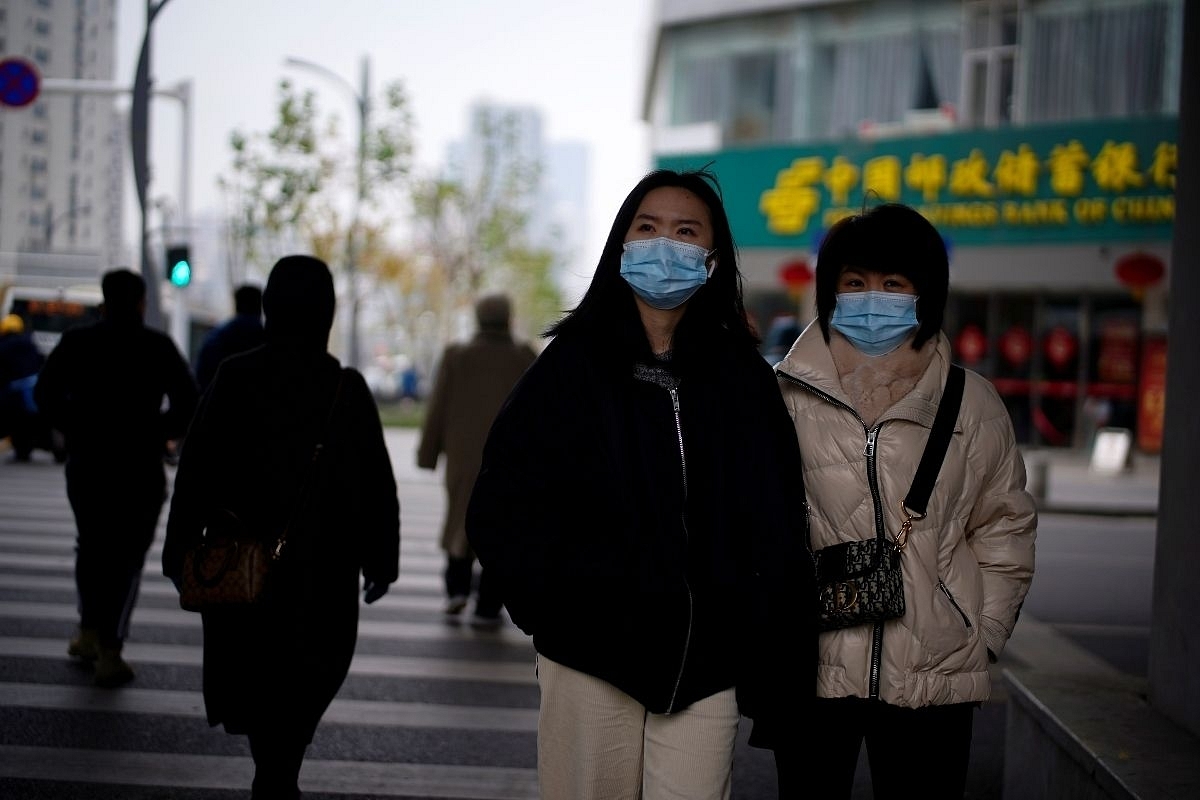World
Covid-Zero: Why China Can’t Stop Locking Down Cities
- China’s official growth target of 5.5 per cent this year appears to be improbable, given repeated lockdowns ahead of the party’s Congress in October, where Xi will secure a third term.

Covid-19 in China (News18.com)
It's September 2022, but the President of China, Xi Jinping, continues to live in February 2020.
Wuhan was the first Chinese city to be locked down after the coronavirus outbreak. Little was known back then about the virus, but more than 30 months later, even the worst-hit nations are moving on. China isn’t.
Earlier this week, Chengdu, a city of more than 20 million people, was put under lockdown. New curfew restrictions were announced for Shenzhen, a prominent manufacturing hub, and the northern port of Dalian.
Chengdu is home to the manufacturing plants of Toyota and Apple. The seven-day average for Covid-19 cases last week was slightly over 1,900.
In China, more than 3,200 locations are now tagged as ‘medium to high risk’, with some Covid-19 restrictions in place. On 1 August, the number was a little less than 1,100.
Lockdowns and added restrictions are accelerating China's economic crisis caused by soaring temperatures this year. Resultant power shortages have hit production in factories.
Only this year, since 10 March, Shanghai has been under full or partial lockdown for 92 days, Dalian for 64, Beijing for 57, Changchun for 55, Jinan for 46, Tangshan for 34, Xuzhou for 30, Nanchang for 26, Taiyuan for 24, and Wuxi for 20.
Growth in Shanghai for the June quarter had contracted by 5.7 per cent.
China’s official growth target of 5.5 per cent this year appears to be improbable, given repeated lockdowns ahead of the party’s Congress in October, where Xi will secure a third term.
In a critical year, when pressure has been mounting militarily on Taiwan, Xi has sacrificed economic growth for political capital.
Xi’s Achilles' heel, however, is not economic stagnation or the prevailing real estate crisis, but people's vulnerability to the virus.
As of July 2022, 30 per cent of the elderly in Shanghai were without even a single dose of vaccine. Compared to 92.8 per cent in Japan, 94 per cent in the United States (US), and 99 per cent in Australia, only 84 per cent of the elderly population have been vaccinated entirely in China.
At the end of July 2022, the seven-day rolling average for the number of doses administered was around 824,000, the lowest since March 2021.
To make matters worse, a peer-reviewed study has concluded that the immunity guaranteed by the Chinese vaccine is far from sufficient, and an outbreak could result in 1.6 million deaths.
The study, published in Nature Medicine, predicts over 110 million cases if the Covid-zero restrictions were removed.
For Xi, even at the cost of China’s economic growth, supply chain disruptions, real estate bailouts, and unprecedented curbs, the priority is to keep the death count low, especially before October.
The costs, however, remain unknown. Covid-zero lockdowns never made economic sense in the first place. Rather, they were tools for asserting political leverage.
Support Swarajya's 50 Ground Reports Project & Sponsor A Story
Every general election Swarajya does a 50 ground reports project.
Aimed only at serious readers and those who appreciate the nuances of political undercurrents, the project provides a sense of India's electoral landscape. As you know, these reports are produced after considerable investment of travel, time and effort on the ground.
This time too we've kicked off the project in style and have covered over 30 constituencies already. If you're someone who appreciates such work and have enjoyed our coverage please consider sponsoring a ground report for just Rs 2999 to Rs 19,999 - it goes a long way in helping us produce more quality reportage.
You can also back this project by becoming a subscriber for as little as Rs 999 - so do click on this links and choose a plan that suits you and back us.
Click below to contribute.
Latest